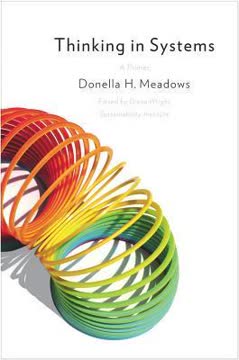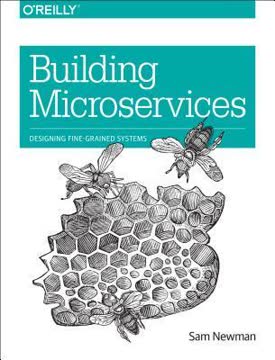Searching...
Top 10 Books on Design Principles for Effective Solutions
Discover 10 essential books that explore design principles, user experience, and innovative thinking to enhance your projects and problem-solving skills.
Book Summaries
A must-read for anyone interested in design, Norman's book delves into how effective design can enhance usability and user experience, making it essential for creating functional small dams.
3 Key Takeaways:
- Design impacts everyday life: Make the invisible visible
- Bridge the gulfs of execution and evaluation
- Use constraints and affordances to guide user actions
How to Build a Well-Lived, Joyful Life
Burnett's innovative approach to life design encourages readers to apply design principles to personal and professional challenges, relevant for those involved in small dam projects.
3 Key Takeaways:
- Design Your Life: Embrace an Iterative Approach to Personal Growth
- Reframe Dysfunctional Beliefs to Unlock New Possibilities
- Build a Compass: Align Your Work and Life Views
A Primer
Meadows' exploration of systems thinking provides a foundational understanding of how interconnected elements function, essential for designing sustainable small dams.
3 Key Takeaways:
- Systems Thinking: A New Lens to Understand the World
- The Power of Feedback Loops in Shaping System Behavior
- Stocks and Flows: The Building Blocks of Systems
The Big Ideas Behind Reliable, Scalable, and Maintainable Systems
Kleppmann's book is invaluable for understanding the complexities of data systems, which is crucial for designing effective small dams that rely on data management and analysis.
3 Key Takeaways:
- Distributed systems face unique challenges due to network unreliability
- Clocks and time synchronization are problematic in distributed environments
- Consensus is crucial but difficult to achieve in distributed systems
Maeda's concise guide to simplicity in design emphasizes the importance of reducing complexity, a vital principle for creating efficient and effective small dams.
3 Key Takeaways:
- Simplicity is achieved through thoughtful reduction
- Organization creates order from chaos
- Time savings equate to simplicity
Designing Fine-Grained Systems
Newman's exploration of microservices offers valuable insights into designing modular systems, which can be applied to the development of small dam infrastructures.
3 Key Takeaways:
- Microservices: Small, autonomous services that work together
- Evolutionary architecture: Adapting to changing requirements
- Modeling services: Defining boundaries and contexts
The Revolutionary Way To Swim Better, Faster, and Easier
Laughlin's focus on efficiency and technique in swimming can inspire similar principles in the design of small dams, emphasizing streamlined and effective solutions.
3 Key Takeaways:
- Swimming is 70% technique, 30% fitness: Master efficiency first
- Balance and body position are fundamental to efficient swimming
- Streamlining and reducing drag dramatically improve speed
Communicate with Stakeholders, Keep Your Sanity, and Deliver the Best User Experience
Greever's insights on effective communication in design are essential for collaborating with stakeholders in small dam projects, ensuring successful outcomes.
3 Key Takeaways:
- Design is more than aesthetics; it solves business problems
- Effective communication is crucial for designers
- Understand and empathize with stakeholders
A Design Thinking Toolkit for Managers
Liedtka's toolkit for design thinking equips managers with the skills to innovate and solve problems, making it relevant for those involved in small dam projects.
3 Key Takeaways:
- Design thinking is a systematic approach to problem-solving and innovation
- The design process follows four key questions: What is? What if? What wows? What works?
- Visualization and journey mapping provide deep customer insights












